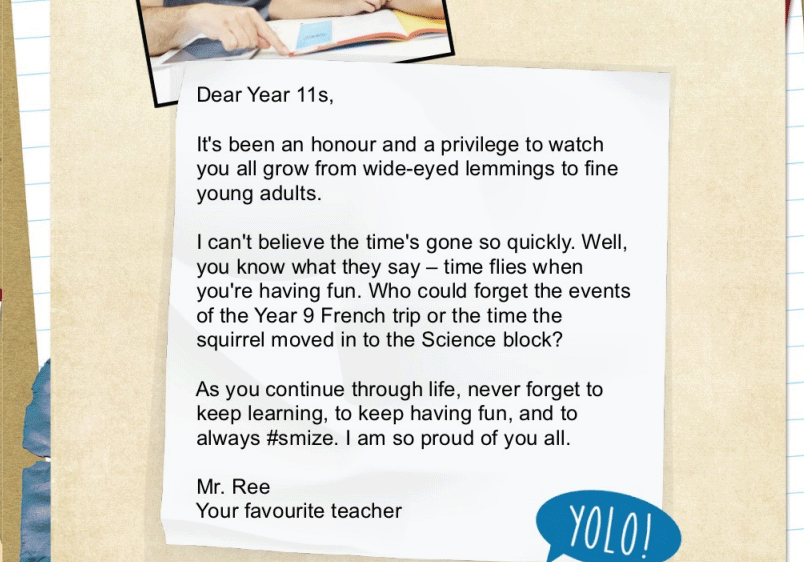

Queen’s Pawn Openings - 3.g3 Line - Fogarasi King’s Indian Defence - Early Divergences 3.h4 - Sokolov Grünfeld Indian Defence - Exchange Variation 7.f3 - Vigorito Grünfeld Indian Defence - Exchange Variation 5.d2 - Olthof Queen’s Gambit Accepted - Classical Variation 7.c3 - Adams Queen’s Gambit Accepted - Two Knights Variation 4.c3 - Ikonnikov
Tarrasch Defence - Semi-Tarrasch 6.e4 - Mchedlishvili View(active tab) Pages No Copyright - United StatesThe organization that has made the Item available.
Slav Defence - Slow Slav 4.e3 - Panczyk and Ilczuk Queen’s Gambit Declined - Early Divergences 4.dxc4 - Vilela Use strong elements and colours to give your yearbook pages a stylish modern feel. Vienna Game - Azerbaijan Variation 3.d4 - Ponomariov Using a visual element like sticky notes or comic book style speech bubbles can be a great way to format a page or quotes or memories. Italian Game - Giuoco Piano 6.g5 - Ganguly Italian Game - Giuoco Piano 6.d5 - Pijpers Ruy Lopez - Zaitsev Variation 12.a3 - K.Szabo Ruy Lopez - New Arkhangelsk Variation 6.c5 - Ris Ruy Lopez - New Arkhangelsk Variation 6.c5 - Gupta Ruy Lopez - Møller Variation 5.c5 - Flear Ruy Lopez - Berlin Defence 4.d3 - Warmerdam Sicilian Defence - Sveshnikov Variation 9.d5 - Van der WielĬaro-Kann Defence - Advance Variation 4.f3 - Rodi Sicilian Defence - Dragon Variation 9.0-0-0 - Golubev Sicilian Defence - Najdorf Variation 6.g5 - Zwirs Sicilian Defence - Moscow Variation 3.b5+ - Ganguly Of course Flear also had to find out what his compatriot Gawain Jones had made of the attractive-sounding concept of Coffeehouse Repertoire (Volume 1), and finally he compares Mihail Marin’s two recent books on one opening: Leningrad Dutch and Dutch Sidelines. Fabiano Caruana has turned his DVD Navigating the Ruy Lopez into a book called Caruana’s Ruy Lopez, and it features some extremely instructive explanation from the World’s No. Glenn Flear reviews a new book on the hot London System by Oscar de Prado – the Spaniard’s second work on this opening, this time with a quite different angle, is called The London System in 12 Practical Lessons. We get a glimpse (well – an extensive look) behind the scenes of which openings are chosen for these SuperFinals by Jeroen Noomen and… Matthew Sadler! As always, the top engines have their own, often quite surprising, approaches to these opening lines. Matthew Sadler’s second column on computer chess openings focuses on the famous TCEC SuperFinals between the Stockfish and Leela Zero engines. There are also new insightful letters by Wayne R.Gradl and Rafal Ogiewka. Han Schut investigates Magnus Carlsen’s combination of 4.h4 with Nadanian’s old bizarre move 6.Na4 in the Grünfeld – is it worth a try? And Viktor Moskalenko is back – not, this time, with a French novelty, but with a special twist to a well-known gambit in the Trompowsky. In the FORUM Section, René Olthof analyses a spectacular game by Russian GM (and Yearbook author!) Alexander Predke which might just feature the best novelty of 2021.

Have a look at what this issue has to offer. Each issue brings you dozens of new ideas on the cutting edge of modern chess opening theory. After your book has been approved, your studio will place the order.New In Chess Yearbook, which appears four times a year, contains the latest news in chess openings. Once all sections of your yearbook have been created and approved, the yearbook will be ready for print! You will submit your book to the Studio Source Yearbooks dashboard, where you’ll begin the proofing process. The adviser can then approve or reject each section, with online comments and interaction. Finished sections will be checked into an adviser for review. Multiple users can collaborate on the yearbook simultaneously, each working on their own sections. You’ll be able to combine templates, photos, text, clip art and other elements into custom designed, finished sections. The basic process for creating your yearbook will involve defining the book using a planning ladder and then designing individual sections using a robust set of page design tools. And since it’s completely online, you can login and work on your yearbook from anywhere!

#Sample page latter yearbook software
This software uses the latest HTML5 web-based application technology to make creating your school yearbook fun and easy, while also offering a broad selection of features and creative tools.


 0 kommentar(er)
0 kommentar(er)
